The double-walled, translucent space igloos feature a “contemplative yard” meant to feel like the outdoors.
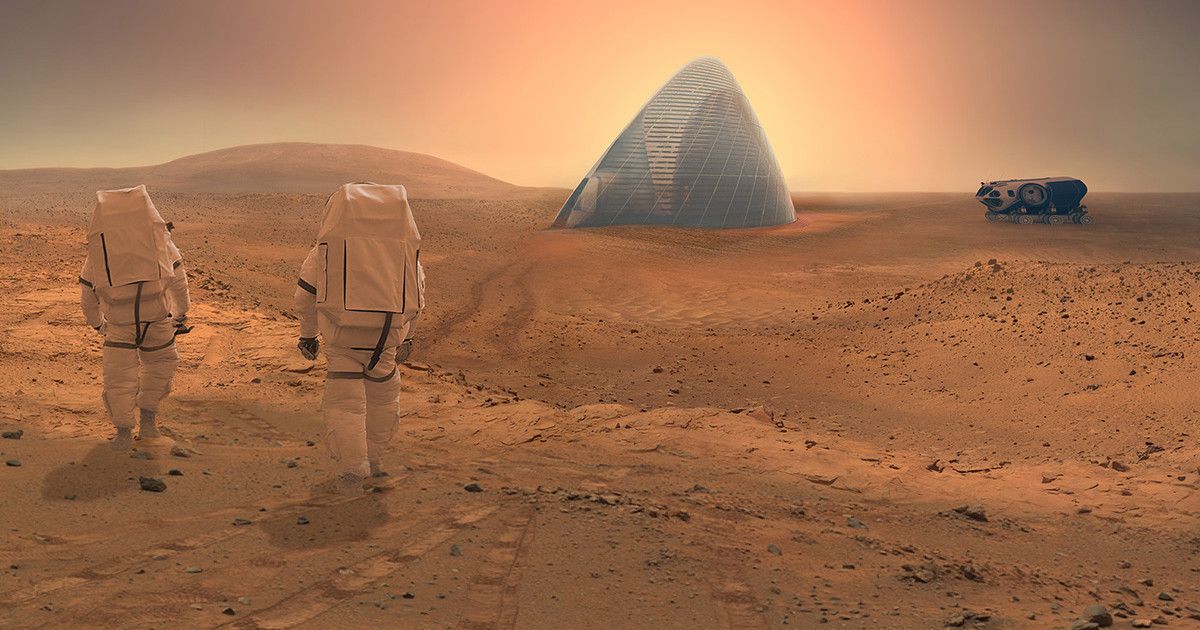

The double-walled, translucent space igloos feature a “contemplative yard” meant to feel like the outdoors.
Watch: This amazing, tiny origami robot could revolutionize healthcare around the world » http://cnnmon.ie/1l0VlfQ
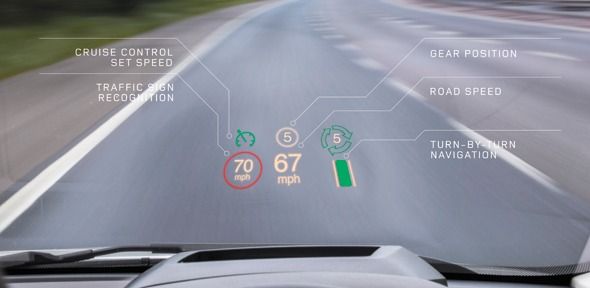
A ‘head-up’ display for passenger vehicles developed at Cambridge, the first to incorporate holographic techniques, has been incorporated into Jaguar Land Rover vehicles.
Cambridge researchers have developed a new type of head-up display for vehicles which is the first to use laser holographic techniques to project information such as speed, direction and navigation onto the windscreen so the driver doesn’t have to take their eyes off the road. The technology – which was conceptualised in the University’s Department of Engineering more than a decade ago – is now available on all Jaguar Land Rover vehicles. According to the researchers behind the technology, it is another step towards cars which provide a fully immersive experience, or could even improve safety by monitoring driver behaviour.
Cars can now park for us, help us from skidding out of control, or even prevent us from colliding with other cars. Head-up displays (HUD) are one of the many features which have been incorporated into cars in recent years. Alongside the development of more sophisticated in-car technology, various companies around the world, most notably Google, are developing autonomous cars.
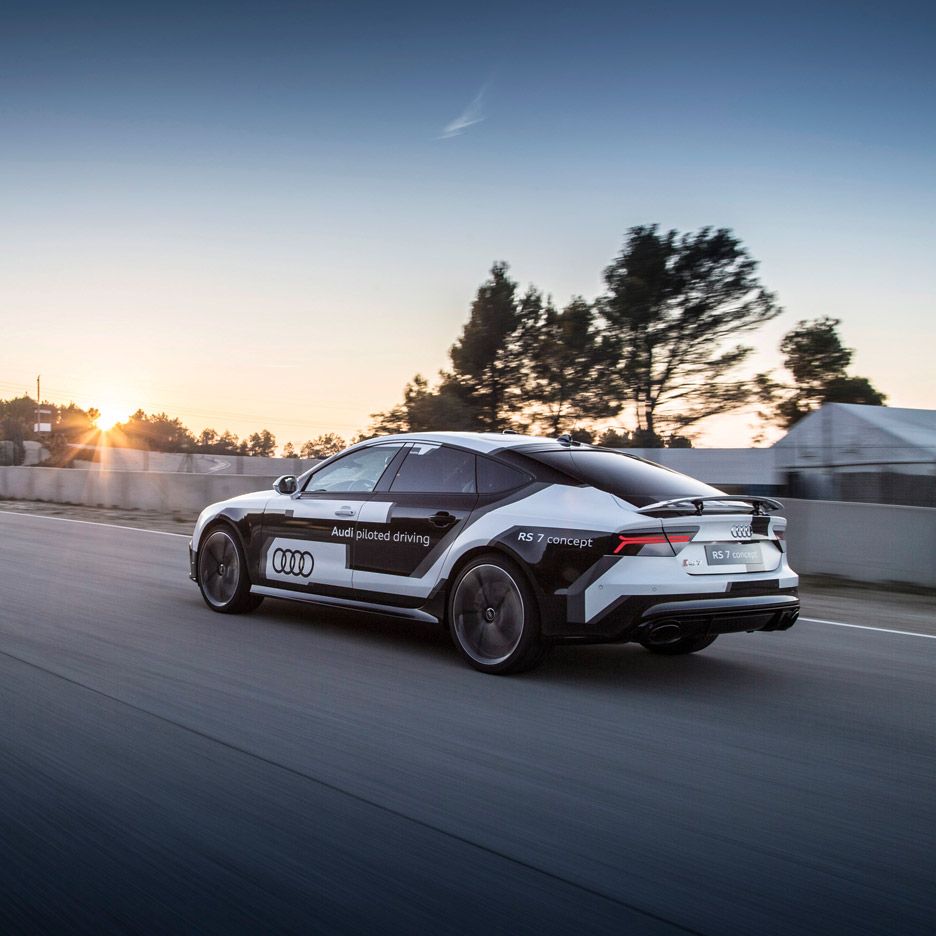
Self-driving cars could disrupt the airline and hotel industries within 20 years as people sleep in their vehicles on the road, according to a senior strategist at Audi.
Short-haul travel will be transformed and the hassle of getting to and from airports eliminated, said Sven Schuwirth, vice president of brand strategy and digital business at the German car brand.
Business travellers will be able to avoid taking domestic flights to meetings and will sleep and work in their cars en route instead of checking into city-centre hotels, he said.
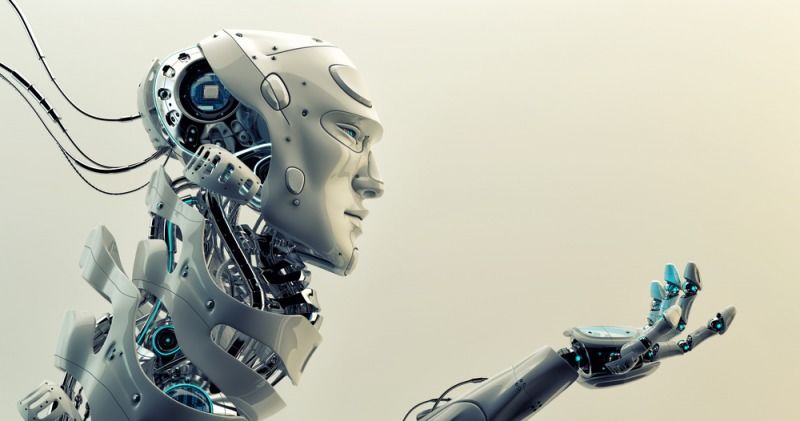
As advancements in technology continue at an ever-increasing pace, will there ever come a day when we’ll be able to use science to cheat death? Australian startup company Humai seems to think so; it claims to be working on a way to transfer a person’s consciousness into an artificial body after they’ve died.
“We want to bring you back to life after you die,” says Humai CEO Josh Bocanegra on the company’s website. “We’re using artificial intelligence and nanotechnology to store data of conversational styles, behavioral patterns, thought processes and information about how your body functions from the inside-out. This data will be coded into multiple sensor technologies, which will be built into an artificial body with the brain of a deceased human. Using cloning technology, we will restore the brain as it matures.”
In an interview with Australian Popular Science, Bocanegra said: “We’ll first collect extensive data on our members for years prior to their death via various apps we’re developing.” After death, the company will cryogenically freeze members’ brains until the technology is fully developed, at which point the brains will be implanted into an artificial body.
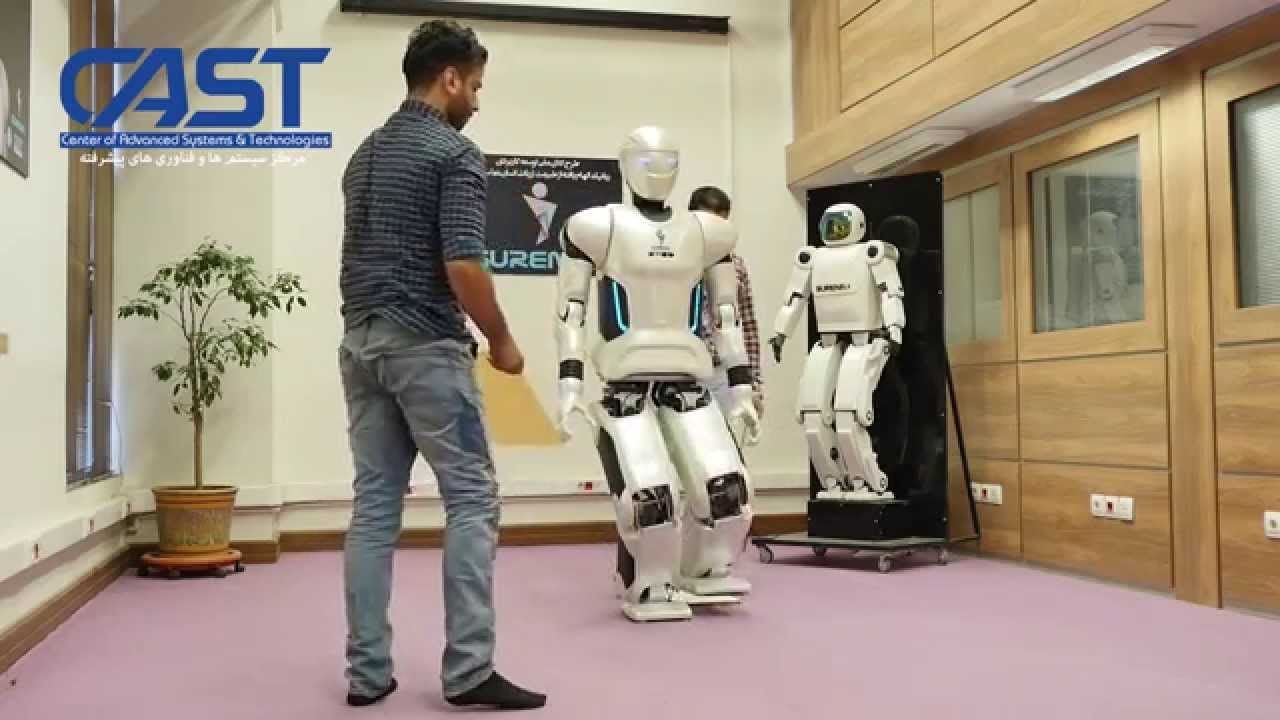
Watch the humanesque robot walk about in this remarkable video.
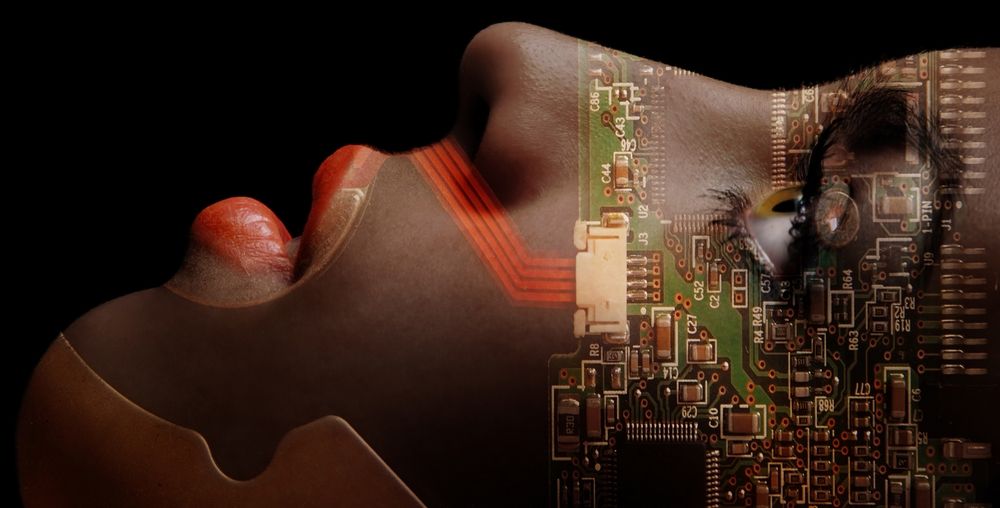
A company has announced its intention to resurrect the dead by storing their memories and using artificial intelligence to return them to life. In the future, of course.
Yeaaaaaah. What?
The company is called Humai, and at the moment, it is pretty sparse on details – and we’re still not sure it’s not a marketing ploy or a hoax. At any rate, the company says they want to store the “conversational styles, behavioral patterns, thought processes and information about how your body functions from the inside-out” on a silicon chip using AI and nanotechnology, according to their website.

“When the world’s smartest researchers train computers to become smarter, they like to use games. Go, the two-player board game born in China more than two millennia ago, remains the nut that machines still can’t crack.”
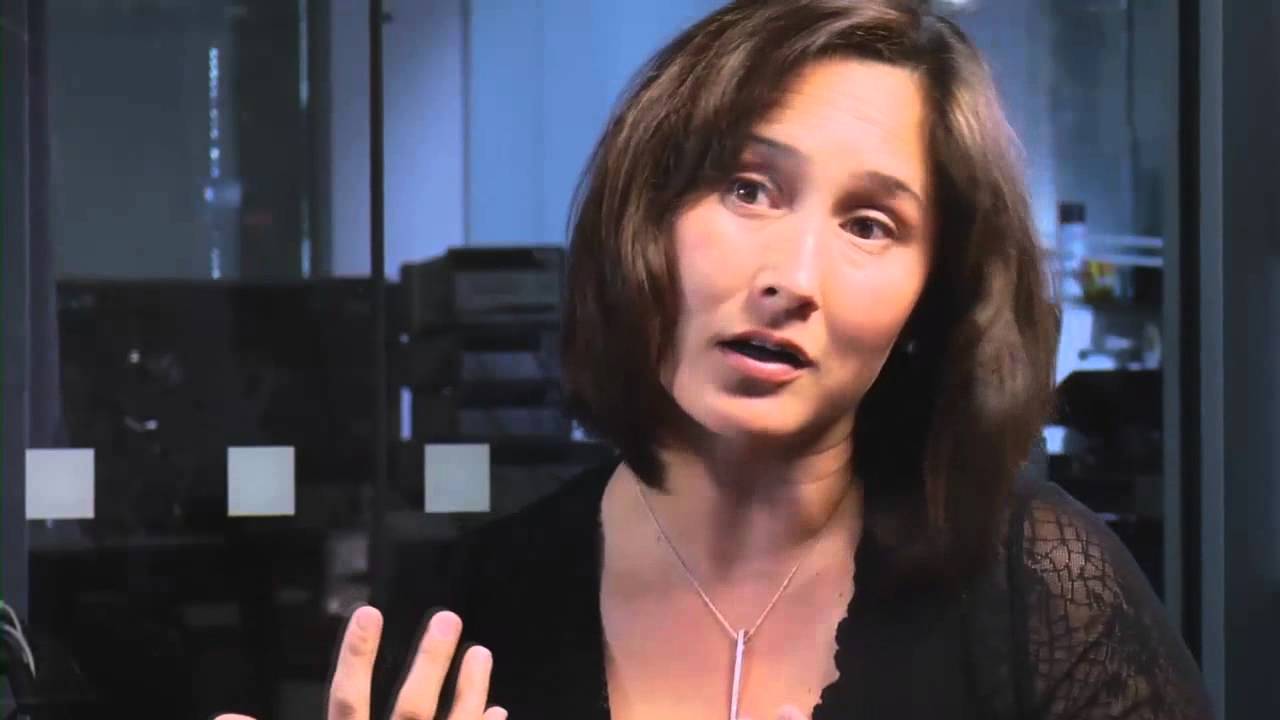
Ray Kurzweil: https://en.wikipedia.org/wiki/Ray_Kurzweil#Health_and_aging
Raymond “Ray” Kurzweil is an American author, computer scientist, inventor and futurist. Aside from futurology, he is involved in fields such as optical character recognition (OCR), text-to-speech synthesis, speech recognition technology, and electronic keyboard instruments. He has written books on health, artificial intelligence (AI), transhumanism, the technological singularity, and futurism. Kurzweil is a public advocate for the futurist and transhumanist movements, and gives public talks to share his optimistic outlook on life extension technologies and the future of nanotechnology, robotics, and biotechnology.
Kurzweil admits that he cared little for his health until age 35, when he was found to suffer from a glucose intolerance, an early form of type II diabetes (a major risk factor for heart disease). Kurzweil then found a doctor (Terry Grossman, M.D.) who shares his non-conventional beliefs to develop an extreme regimen involving hundreds of pills, chemical intravenous treatments, red wine, and various other methods to attempt to live longer. Kurzweil was ingesting “250 supplements, eight to 10 glasses of alkaline water and 10 cups of green tea” every day and drinking several glasses of red wine a week in an effort to “reprogram” his biochemistry. Lately, he has cut down the number of supplement pills to 150.
Facebook: https://www.facebook.com/agingreversed
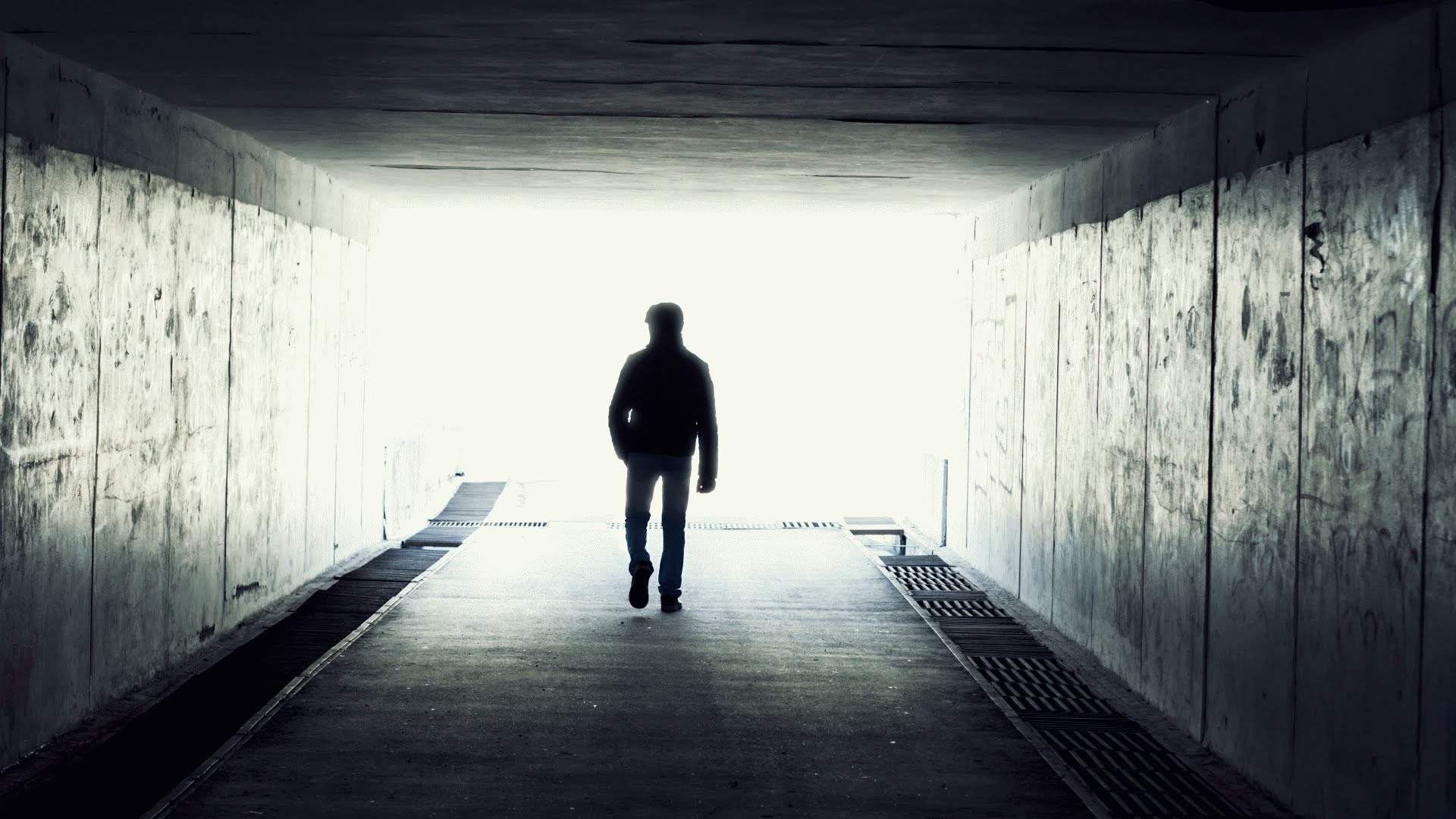
https://www.youtube.com/watch?v=91M98WRqHJQ
Humai, a Los Angeles-based tech company, is hoping to bring back the dead within 30 years. A Los Angeles-based technology company has a goal of bringing dead people back to life within the next 30 years. Humai’s official website states that artificial intelligence and nanotechnology are being used to analyze human processes, and the creation of “an artificial body” is in the works. Once the artificial body has been perfected, the member’s brain, which will have been preserved through cryonics after death, will be implanted to direct movement and function. Helping the integration will be the extensive information the company gained while tracking each person for years during his or her life, according to the company’s founder and CEO Josh Bocanegra. An artificial intelligence app will retain the voice, personality, and behavioral patterns of each person and deploy as needed. This app is expected to launch among the membership by 2017. Aiding in this pursuit is the nanotechnology Humai is assisting in developing, which “will repair the cells destroyed in the brain after death.” The company, which employs five people total, is thus far self-funded but may be open to investments in the near future.